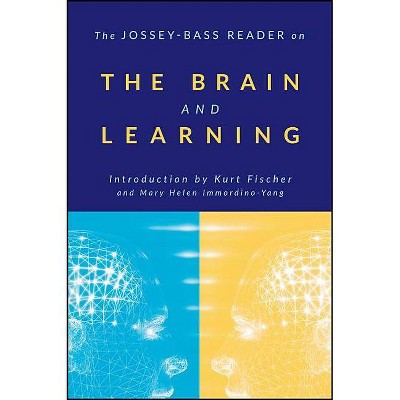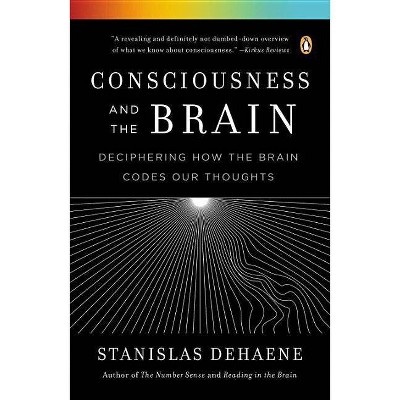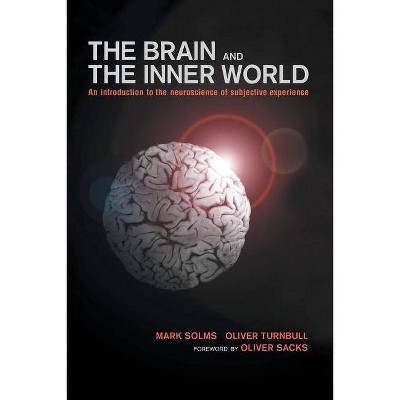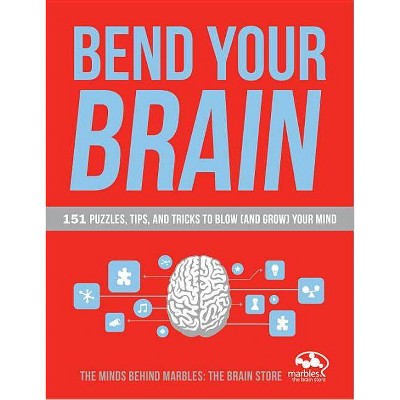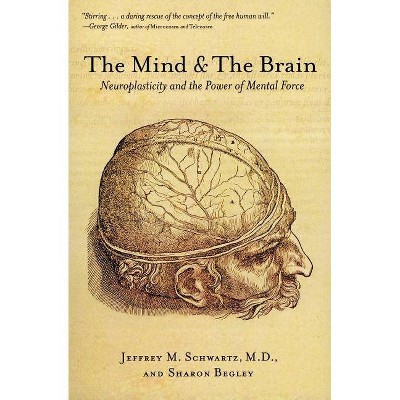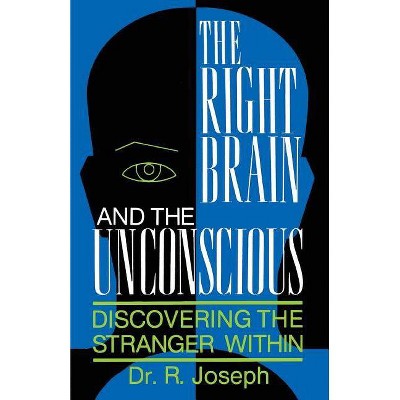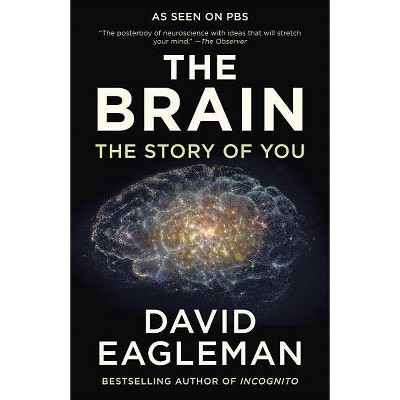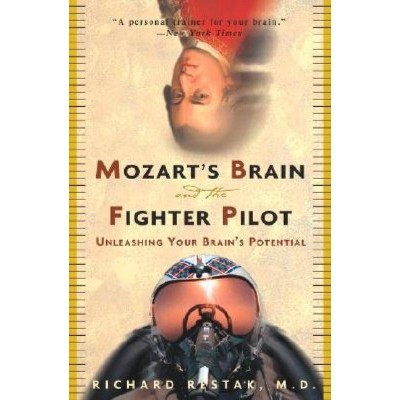The Hand and the Brain - by Göran Lundborg (Paperback)
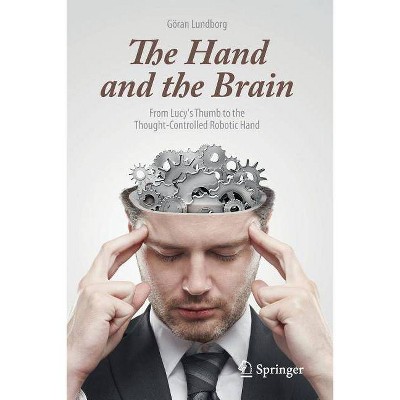
Similar Products
Products of same category from the store
AllProduct info
<p/><br></br><p><b> About the Book </b></p></br></br>This comprehensive book explores the hand from its earliest traces in evolution to its role in the growth of human intelligence, its remarkable sensitivity and capabilities, its cultural significance and the future of thought-controlled prosthetic digits.<p/><br></br><p><b> Book Synopsis </b></p></br></br><p>This book presents the human hand from an overall perspective - from the first appearance of hand-like structures in the fins of big fishes living millions of years ago to today´s and the future's mind-controlled artificial hands. </p> <p>Much focus is given to the extremely well-developed sensation of the hand, its importance and its linkage to brain plasticity mechanisms. How can active hands rapidly expand their representational area in the brain? How can the sense of touch substitute for other deficient senses, such as in Braille reading where hand sensation substitutes for missing vision? How can the mere observation of active hands, belonging to others, activate the hand area in the observer's own brain and what is the importance of this phenomenon for learning by imitation and the understanding of other peoples' actions, gestures and body language? Why are some of us left-handed and what are the consequences from cultural and physiological viewpoints? Why does phantom sensation and phantom pain occur after hand amputation, and what can we do about it? Why can salamanders regenerate new extremities while humans can not? Is it possible to transplant a hand from a diseased individual to an amputee? Can artificial robotic hands be controlled by our mind, and can they ever gain the role of a normal hand? What role did the hand and the brain play during evolution in tool construction and development of language and cognitive functions? The hand has a high symbolic value in religion, literature and art and our hands have a key role in gestures and body language. </p> <p><i>The Hand and the Brain</i> is aimed at anybody with interest in life sciences, in the medical field especially hand surgeons, orthopaedic specialists, neurologists and general practitioners, and those working in rehabilitation medicine and pain treatment. The original Swedish version of <i>The Hand and the Brain </i>has also become very popular among physiotherapists, occupational therapists, psychologists, and among a general population with an interest in science. </p><p/><br></br><p><b> From the Back Cover </b></p></br></br><p>This book presents the human hand from an overall perspective - from the first appearance of hand-like structures in the fins of big fishes living millions of years ago to today´s and the future's mind-controlled artificial hands. </p> <p>Much focus is given to the extremely well-developed sensation of the hand, its importance and its linkage to brain plasticity mechanisms. How can active hands rapidly expand their representational area in the brain? How can the sense of touch substitute for other deficient senses, such as in Braille reading where hand sensation substitutes for missing vision? How can the mere observation of active hands, belonging to others, activate the hand area in the observer's own brain and what is the importance of this phenomenon for learning by imitation and the understanding of other peoples' actions, gestures and body language? Why are some of us left-handed and what are the consequences from cultural and physiological viewpoints? Why does phantom sensation and phantom pain occur after hand amputation, and what can we do about it? Why can salamanders regenerate new extremities while humans can not? Is it possible to transplant a hand from a diseased individual to an amputee? Can artificial robotic hands be controlled by our mind, and can they ever gain the role of a normal hand? What role did the hand and the brain play during evolution in tool construction and development of language and cognitive functions? The hand has a high symbolic value in religion, literature and art and our hands have a key role in gestures and body language. </p><p> </p><p><i>The Hand and the Brain</i> is aimed at anybody with interest in life sciences, in the medical field especially hand surgeons, orthopaedic specialists, neurologists and general practitioners, and those working in rehabilitation medicine and pain treatment. The original Swedish version of <i>The Hand and the Brain</i> has also become very popular among physiotherapists, occupational therapists, psychologists, and among a general population with an interest in science. </p><p><p/><br></br><p><b> About the Author </b></p></br></br><p>Göran Lundborg is professor emeritus at Lund University, Sweden and former chairman at the Hand Unit, Dept of Clinical Sciences, Skåne University Hospital, Malmö. He is the author of two teaching books in Hand Surgery and Nerve Surgery and he has published more than 300 scientific articles, primarily in the fields of hand surgery, nerve surgery, brain plasticity, bioimplants and prosthetic hands. He is also an artist regularly exhibiting at art exhibitions. Besides he is an active jazz musician and trumpet player. </p><p>He is author of the following book: </p><p><b>G. Lundborg</b>. Nerve injury and repair. Regeneration, reconstruction and cortical remodelling. 2nd ed. Philadelphia: Elsevier; 2004. </p><p>He is author of the following key articles: </p><p><b>G. Lundborg</b>. Richard Bunge Memorial lecture: Nerve injury and repair - a challenge to the plastic brain. Journal of the Peripheral Nervous System 2003;8:209-226. </p><p>F. Sebelius, B. Rosén, <b>G. Lundborg</b>. "Refined myoelectric control in amputees using artificial neural network and a data glove" Journal of Hand Surgery 2005; 30A: 780-789. </p><p>A. Björkman, A. Weibull A, B. Rosén, J. Svensson, <b>G. Lundborg</b>. "Rapid cortical reorganisation and improved sensibility of the hand following cutaneous anaesthesia of the forearm. European Journal of Neuroscience. 2009;29(4):837-44. </p><p>T. Hansson, T. Nyman, A. Björkman, P. Lundberg, L. Nylander, B. Rosén, <b>G. Lundborg</b>. Sights of touching activates the somatosensory cortex in humans. Scandinavian Journal of Plastic and Reconstructive Surgery and Hand Surgery 2009; 43: 267-9. </p><p>B. Rosén, H. Ehrsson, C. Antfolk, C. Cipriani, F. Sebelius, <b>G. Lundborg</b>. "Referral of sensation to an advanced humanoid robotic hand prosthesis" Scandinavian Journal of Plastic and Reconstructive Surgery and Hand Surgery 2009; 43: 260-6. </p><p>M. Lanzetta, D. Perani, D. Anchisi, B. Rosén, M. Danna, P. Scifo, F. Fazio, <b>G. Lundborg</b>. "Early use of artificial sensibility in hand transplantation" Scandinavian Journal of Plastic and Reconstructive Surgery and Hand Surgery 2004; 38: 106-111.</p>
Price History
Price Archive shows prices from various stores, lets you see history and find the cheapest. There is no actual sale on the website. For all support, inquiry and suggestion messagescommunication@pricearchive.us

